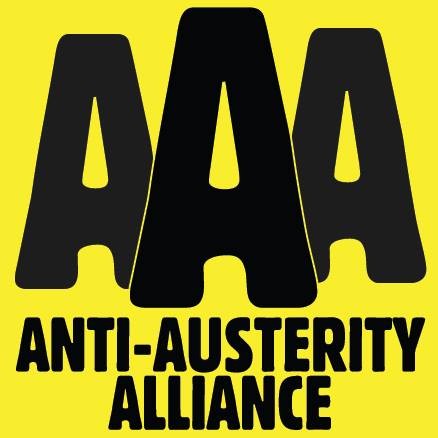ECONOMY Austerity the latest buzz word
Post on: 13 Апрель, 2015 No Comment

The term ’austerity’ has now become the infamous topic on all stock market broadcasts. Spectators are either concerned or well prepared for whatever outcome the austerity measures generated since 2009. Basically, austerity measures are when Government tightens its belt to help bring expenditure more in line with revenue in tough economic times. Its policies are used by Government to reduce budget deficits and these policies may include spending cuts, tax increases or a mixture of the two. An austerity programme, usually enacted by legislation, may include a cut or a freeze without raises of Government salaries and benefits, a freeze on Government hiring and layoffs of Government workers. Government expenditure may also cut previously planned Government spending programmes like infrastructure construction and repair, and healthcare and veterans’ benefits. The most common example of an austerity measure occurs when a sovereign government’s bond rating is downgraded, making borrowing more expensive. The concern is that the eurozone economy is in danger of slipping again into recession and inflation is barely registering in many places.
The austerity programmes administered by western governments in the wake of the 2008 global financial crisis were meant to remedy a tough but necessary course of treatment to relieve the symptoms of debts and deficits and to cure recession. But by 2013, these austerities were seen to have harmed the average person’s life, and because of this, many are calling for these measures to be dropped. The mass of data revealed that more than 10 000 additional suicides and up to a million extra cases of depression have been recorded across the two continents since governments started introducing austerity programmes in the aftermath of the crisis. In the United States, more than 5m Americans have lost access to healthcare since the recession began – when they lost their jobs, they also lost their health insurance. In the UK, 10 000 families have been pushed into homelessness following housing benefit cuts.
Last week the European Central Bank Chief Mario Draghi gave a big speech at the Federal Reserve Bank of Kansas City’s economics conference in Jackson Hole, where he announced that austerity measures need to be taken down as they do not provide adequate solutions for the present economic situation. He stated that “without higher aggregate demand, we risk higher structural unemployment, and governments that introduce structural reforms could end up running just to stand still”. Draghi is very concerned about the low level of inflation. Usually high levels of inflation indicate instability and a drop of currency value. However, reduced, stagnated or negative inflation levels are detrimental to economies as well, and in the last 10 months, the overall eurozone economy had an inflation level of less than 1%.
The argument is that, it has been nearly six years after the financial crisis and there’s been almost no growth revival and unemployment remains sky high. The European Central Bank, which has a single price-stability mandate, has not been able to fight an ominous disinflationary trend. Markets traded higher on Draghi’s promise to do more, where the European Central Bank would add more stimulus and governments would do more to help the euro area economy, by stating that “It would be helpful for the overall stance of policy if fiscal policy could play a greater role alongside monetary policy, and I believe there is scope for this”.
In his efforts to place more emphasis on fiscal stimulus than austerity, he proposed to improve the four areas in the fiscal policy by:

- Enhancing the use of flexibility within existing European Union (EU) rules;
- Lowering taxes;
- Enforcing a stronger fiscal coordination between governments; and,
- Ensuring a large public investment programme from the EU action.
A combination of factors and solutions could help the sluggish eurozone recover. First, the euro is weak, which could help increase consumption and exports. Secondly, the Central Bank aims to revitalise the market for securitized loans. The bank may raise interest rates from 2015 in an effort to weaken the euro against the dollar.
Investors appear to be putting their money on the likelihood of more stimulus measures from the European Central Bank to keep the eurozone’s shaky recovery from stalling. More than that, the ECB could decide later this year to print money and use it to purchase bonds, which could spur growth by increasing the amount of money in the economy. It would also mean a new buyer in the bond market with theoretically unlimited purchasing power. Based on this, the long-term bull trend in the market will most likely continue to hit new highs, as the eurozone looks to reassess and jolt is static economy.














